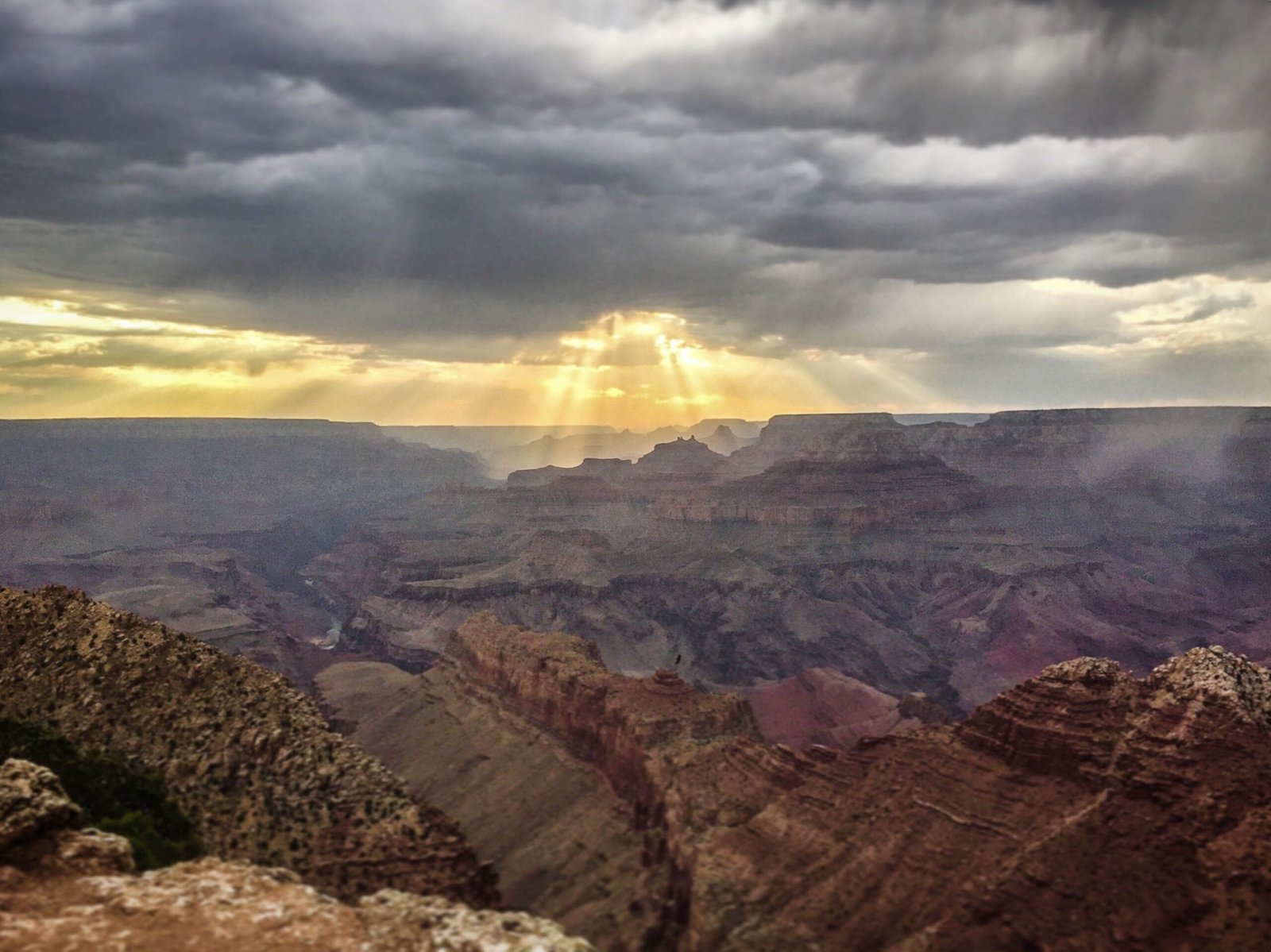The Grand Canyon represents more than a geological wonder; it’s a living cultural tapestry woven by indigenous tribes for over 10,000 years. This sacred landscape embodies complex spiritual traditions, intricate art forms, and deep ancestral connections that transcend mere geographical boundaries, revealing a rich narrative of human interaction with one of Earth’s most remarkable natural environments.
What Makes Grand Canyon a Cultural Treasure?

How Do Native Tribes Define Their Connection to the Grand Canyon?
Native tribes view the Grand Canyon not as a tourist destination, but as a sacred ancestral homeland. Each tribe—Navajo, Hopi, Havasupai, and Hualapai—maintains unique spiritual and cultural relationships with this extraordinary landscape.
Tribal Perspectives: A Comparative Overview
| Tribe | Cultural Significance | Spiritual Practices |
|---|---|---|
| Navajo | Land of sacred ceremonies | Complex spiritual rituals |
| Hopi | Cosmological connection | Kachina dance traditions |
| Havasupai | Direct territorial inhabitants | Nature-based spiritual practices |
| Hualapai | Landscape preservation | Traditional ecological knowledge |
What Archaeological Evidence Reveals About Cultural Heritage?
Archaeological investigations have uncovered remarkable insights into indigenous life:
- 10,000+ Years of Continuous Habitation
- Over 1,500 documented archaeological sites
- Preserved cliff dwellings and petroglyphs
- Evidence of sophisticated agricultural and hunting practices
How Do Indigenous Art Forms Represent Cultural Identity?
Indigenous art serves as a powerful medium of cultural expression:
- Navajo Artistic Traditions
- Intricate sand paintings
- Complex textile designs
-
Symbolic pottery creation
-
Hopi Artistic Expressions
- Detailed kachina dolls
- Ceremonial pottery
- Intricate weaving techniques
What Languages Preserve Cultural Memory?
Language represents a critical component of cultural preservation:
- Navajo Language (Diné bizaad)
- Actively spoken by community members
- Integral to cultural identity
-
Complex grammatical structures
-
Hopi Language
- Part of Uto-Aztecan language family
- Maintains traditional communication methods
Why Are Preservation Efforts Critical?
Collaborative initiatives between indigenous tribes and national park services aim to:
- Protect archaeological sites
- Document oral histories
- Maintain traditional knowledge systems
- Support indigenous cultural practices
How Can Visitors Respectfully Engage?
Responsible cultural engagement involves:
- Participating in guided indigenous tours
- Attending cultural demonstration events
- Purchasing authentic indigenous artwork
- Respecting ceremonial restrictions
- Supporting indigenous-led conservation efforts
Key Insights

The Grand Canyon’s cultural significance extends far beyond its geological magnificence. It represents a living, breathing cultural landscape where indigenous traditions continue to thrive, offering profound insights into human resilience, spiritual connection, and environmental stewardship.

